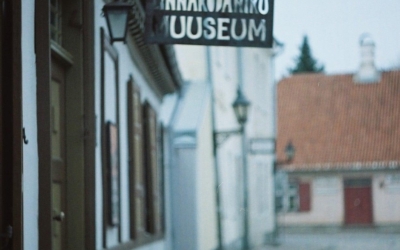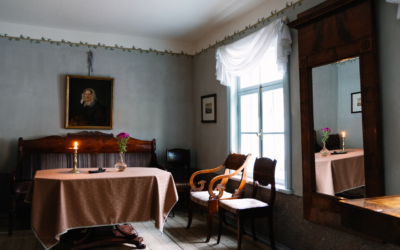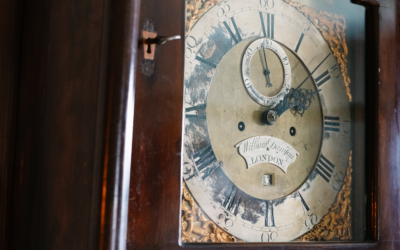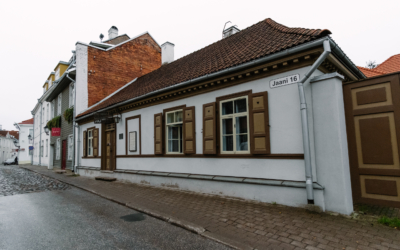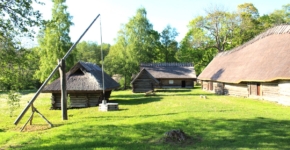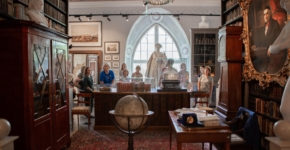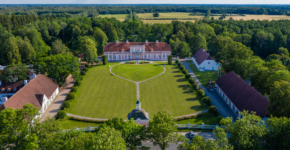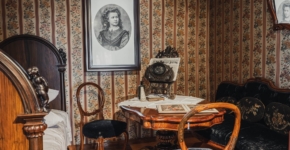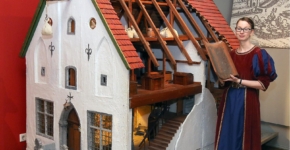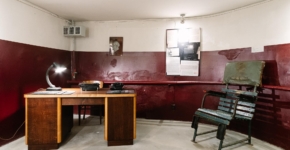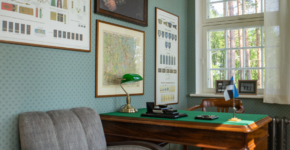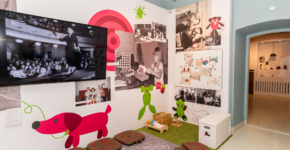
19th Century Tartu Citizen’s Museum
The Tartu citizen’s home is a true reflection of the era
The 19th-century Tartu citizen’s home museum invites you to experience a day in the life of a middle-class city home of the 1830s. What was the function of rooms in the 19th-century house? What did their living room look like? What kind of kitchenware was used for cooking?
You will find the 19th-century Tartu Citizen’s Home Museum near St. John’s Church, in one of the most unique areas of Tartu’s Old Town. The museum is located in a wooden house completed in the 1740s, which is one of the oldest surviving in Tartu.
The house, which is styled as an 1830s Bürger’s (or citizen’s) home has a Biedermeier-style living room, a dining room, a master’s study and bedroom, and a kitchen. There are original items in the rooms, such as a square piano made by the Tartu-based piano maker Hasse, a cabinet clock from England that still works, and a richly furnished kitchen.
The fact that there is no electricity-based lighting in the old dwelling, adds an extra charm to wintertime visits. In the summer, the museum’s courtyard is open with herb beds of plants common to the 19th century.
